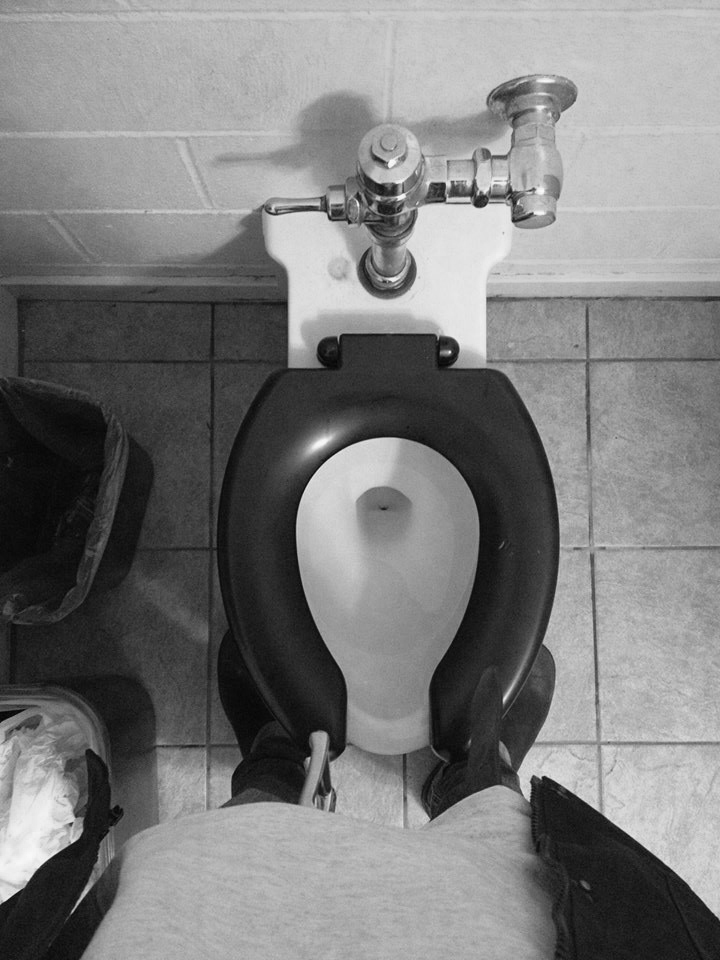The perils of public bathrooms are numerous. Germs, lack of privacy and a general consensus that these communal places aren’t intended for communication with others. This sort of mindset is what makes the transition from a private home restroom to a communal and neighbourly lavatory one of the most difficult transitions that first year students encounter. This lack of privacy is grounded in social boundaries that have been derived for hundreds and thousands of years. It is common for many first year university students to feel that using their residence bathroom causes stress. This social enigma tends to decrease as time passes, but is as prevalent as ever during the months of September and October.
Such a problem is intriguing, as it asks us to question the role of public bathrooms in Western society. Privacy ideals that are taught to youth today are the reason for reluctance. Many individuals don’t feel comfortable knowing that someone else may gain knowledge of what they are doing. The commonplace opinion is that there is no need to give fellow students or strangers a sense of what takes place behind the scenes.
This idea is developed through social changes that have caused people to become more aware of how they are presenting their “lavatory self.” The Ancient Romans used to bath themselves in a public bathing area. They also used to use communal toilets without walls to create privacy. To the Romans, the opportunity to use the public bathing area was considered mandatory for socialization. It was also seen as a way to make new acquaintances. Bathing was so important in Roman society that there were sometimes libraries, gardens, and exercise areas surrounding the area. Bathing was also seen as therapeutic because it would allow people to cleanse themselves of anything that covered them.
During the 16th century, Europe started to make major changes to their lavatory structures. During the Black Plague, people started to change their opinion of bathing and cleanliness, however it would take many more years to realize the full extent of the relationship between hygiene and illness. King Henry VIII shut down public bathing houses in England once and for all in 1546. After people began to realize that bathing had a very direct relationship with sickness, the importance of having a place to clean oneself became more prominent.
In the 19th century, people who were part of the working class often shared an outside bathroom with others. Decades later, having a toilet inside of your house became the norm. The need for bathrooms to be farther away from living areas was due to the lack of plumbing technology and drain systems. Early toilets did not have an easy way to transfer waste from one place to another without damaging the areas in between.
During the 20th century, bathrooms were used as a place to do one’s hair and makeup (partially due to Hollywood movies and an increase in people who were in the middle class). People became more proud of showing off their bathroom, as they had been with their kitchen. Escapism was first introduced in relation to bathrooms. Bathrooms represented privacy and retreat during this time period, and would be a place that people could go to be alone with their thoughts (in a powder room, for example).
With regards to Acadia students, the more you get to know your neighbours, the easier using public restrooms will get. There are historical and societal reasons why public restrooms cause stress amongst people of this century, but that doesn’t mean that this sort of stressor will persist with time. After taking a general sample of public opinions, the following is a compilation of remedies for beating the stress:
– Turn the tap on
– Go even if you’re scared
– Discuss this with a friend you are close with. A huge percentage of first year students find that this is a stressful and tedious new problem. If you are open about the concept with your friends, you’ll feel less stressed and more empowered.
Most importantly, the transition from high school and living at home, to living on campus, is a tough one. The things that really change our perception of bathrooms have more to do with what people say than why it’s wrong.





